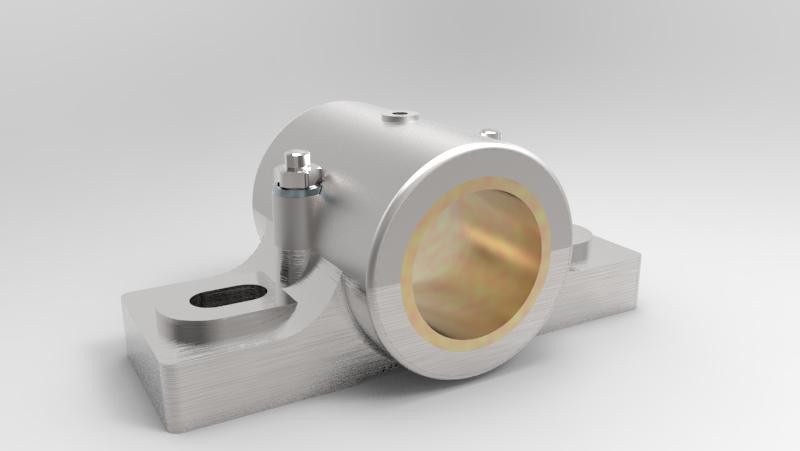In general, design is a production process that aims to find a solution for a specific function. Several alternative solutions can be offered to solve the problem in design because design requirements can be interpreted in many different ways. Main principles to follow when designing a machine can be listed as follows:
- Conformance to function, simplicity, specificity,
- Conformance to standards, norms and regulations,
- Conformance to the type of loading,
- The lightest in terms of weight,
- Principle of self-help,
- Conformance to material and corrosion,
- Conformance to expansion,
- Conformance to production methods,
- The lowest cost design,
- Ease of assembly and disassembly,
- Conformance to transport,
- The safest design,
- Conformance to recycling, environment-friendly,
- Conformance to aesthetics and ergonomics,
- Conformance to maintenance,
- Ease of obtaining the materials to be used in production.
Among the standard machine elements that form the machine, some are stationary while most of them are in motion. Bearings are used for supporting the moving elements in machines. Bearings are the elements that are in relative motion with each other, do not move in the direction of the force applied, and transfer the force with minimum friction loss with the oil film created between these surfaces in operation. Journal bearings support the rotating parts that transfer motion, and slides support the parts that transfer motion linearly.
Variables in the design of journal bearings can be defined in two main groups:
First group variables: Values of the variables in this group are either specified by the project owner or agreed after the designer’s inspection. These are called “physical parameters” or “operation parameters”. These are:
- Oil viscosity (h)
- Average surface pressure between the shaft acting on the bearing projection area and the bearing (P)
- Rotating speed of shaft ( n )
- Bearing sizes (bearing diameter) (D), radial clearance (Dr or c), bearing width (length) (B or l), angular length if it is not a full bearing (if it is a partial bearing) (β).
Among these four variables, usually the designer cannot determine the speed because it is initially determined in the general design of the system of the machine. Sometimes viscosity is specified in prior. For example, viscosity is often determined at a later stage when the oil will be stored in a tank to be used for lubricating and cooling purposes in various bearings. Other variables and sometimes viscosity can be controlled by the designer and he or she can decide upon their selection. In other words, design process is completed when these four variables are defined.
Second group variables: These variables are “dependent variables”. This group is the outcome of the variables in the first group. The designer cannot have direct control on them, but can indirectly change these variables by changing one or more of the variables in the first group. These are:
- Friction coefficient (m)
- Difference in the temperature of the lubricating oil entering the bearing and exiting the bearing (DT)
- Flow rate of lubricating oil (Q)
- Minimum oil film thickness (h0) and location,
- Eccentricity amount (e) and eccentricity rate (ɛ)
- Maximum oil film location,
- Terminating position of the oil film.
Variables in this group indicate how good the performance of the bearing is and therefore they can be considered as bearing performance factors. In this respect, they can be called “performance parameters”. Thus, main problem in bearing design is to set the satisfactory limits for the second group variables and then to determine the first group variables without exceeding these limits. (to be continued)
(References: Şekercioğlu, T., “Makine Tasarımı Temel İlkeleri” Birsen Publishing; https://websitem.gazi.edu.tr/site/nihatgem/files; Tevrüz, T., “Makine Elemanları ve Konstrüksiyon Örnekleri”, Vol. 2, Çağlayan Bookstore; Shigley, J.E., “Mechanical Engineering Design”, McGraw-Hill Book Company; Durak, E., Industrial Lubrication Techniques Lecture Notes)













